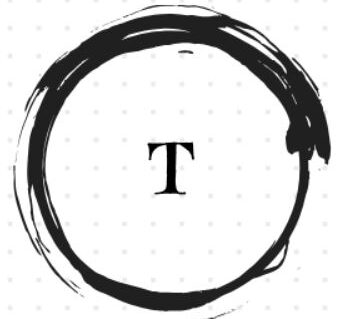Engaging with All Stakeholders
In the bustling orchestra of project management, stakeholders are the diverse instruments, each with its unique melody and rhythm. Ignoring any player risks a cacophony of confusion and discord. But engaging them all in harmonious interplay? That’s the recipe for a project’s triumphant finale.
Understanding the Diverse Chorus
The first act of stakeholder engagement is mapping the players. Who are they? Clients, team members, sponsors, regulators, communities… the list can be extensive. Each holds power, influence, and expectations that can make or break the project. Categorize them based on their:
- Level of interest: High (decision-makers), medium (supporters), or low (indirectly impacted).
- Level of influence: High (can derail the project), medium (can offer valuable insights), or low (minimal impact).
- Communication needs: Formal reports, quick updates, interactive workshops… tailor your message to their preferences.
Playing in Tune with Needs
Knowing their roles isn’t enough. Delve deeper. What does each stakeholder value? What are their concerns? Are there potential conflicts of interest? Open communication is key. Solicit their feedback, address their anxieties, and actively listen. By understanding their unique tunes, you can compose a project symphony that resonates with everyone.
Communication
Keeping everyone informed is crucial. But communication isn’t about a one-size-fits-all broadcast. Cater your message to each audience:
- Clients: Focus on progress, milestones, and risk mitigation. Regular reports and concise updates are essential.
- Team members: Provide frequent, transparent updates on project goals, progress, and challenges. Foster open communication and collaboration.
- Sponsors: Highlight key achievements, address potential roadblocks, and demonstrate alignment with strategic objectives.
Beyond Words
Communication goes beyond spoken words. Utilize diverse instruments to keep everyone engaged:
- Meetings: Tailor format and frequency to suit stakeholder needs. Regular project updates, Q&A sessions, and focused workshops can be effective.
- Reports and dashboards: Provide clear, concise visuals that track progress and highlight key metrics.
- Social media: Share project updates, celebrate milestones, and engage with stakeholders through platforms they frequent.
Resolution
Conflicting expectations and unforeseen challenges are inevitable. Manage them effectively:
- Identify concerns early: Proactive communication and regular feedback loops can nip potential issues in the bud.
- Facilitate open dialogue: Foster a safe space for stakeholders to voice concerns and work towards solutions collaboratively.
- Negotiate win-win outcomes: Seek solutions that address the needs of all stakeholders without compromising project goals.
Measuring the Impact of Engagement
Engaging stakeholders is an ongoing process, not a one-time performance. Regularly assess its impact:
- Track stakeholder satisfaction: Conduct surveys, gather feedback, and actively listen to their concerns.
- Monitor project performance: Are you meeting deadlines, staying within budget, and delivering value? Engaged stakeholders can support adjustments and course corrections.
- Evaluate team morale: Is your team motivated and productive? Stakeholder engagement fosters a positive environment conducive to success.
Collaboration and Trust
When successful stakeholder engagement culminates in a thriving project, it leaves a legacy of collaboration and trust. This symphony of shared goals, open communication, and mutual respect sets the stage for future successes.
